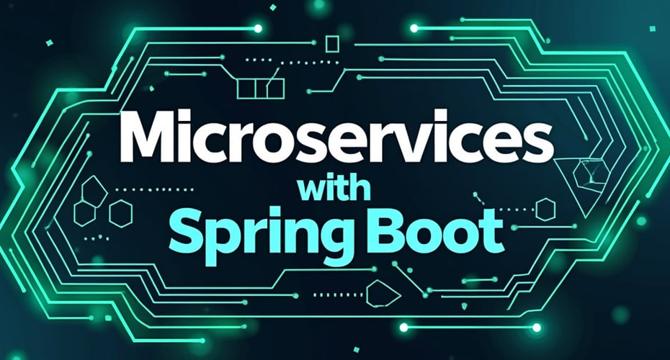Dev
1w
230

Image Credit: Dev
Microservices with SpringBoot 🔥
- Microservices with Spring Boot enables flexibility, scalability, and resilience while breaking down a large application into smaller, independent services, each with specific functionality such as authentication, user management, or payment processing.
- Key benefits of microservices include scalability, flexibility, and resilience.
- Spring Boot, a Java-based framework, simplifies the development of production-ready applications and offers a fast way to build, configure, and run Java microservices with minimal setup.
- Spring Boot comes with built-in dependencies, annotations, and configuration features that reduce boilerplate code, has embedded servers that eliminate the need for complex server setup, and integrates with the Spring Cloud suite.
- Essential tools and concepts for building microservices with Spring Boot include service discovery, API gateway, circuit breaker, and distributed tracing.
- Practical examples of how companies and developers use microservices with Spring Boot include e-commerce platforms, banking and financial services, social media applications, and video streaming platforms.
- Steps to get started with microservices in Spring Boot include setting up your environment, creating microservices, implementing service discovery, using an API gateway, handling failures with circuit breakers, and monitoring and tracing services.
- Leveraging the power of Spring Boot and microservices, developers can create applications that adapt to changing demands, keeping them relevant and responsive in today’s fast-paced tech landscape.
Read Full Article
13 Likes
For uninterrupted reading, download the app